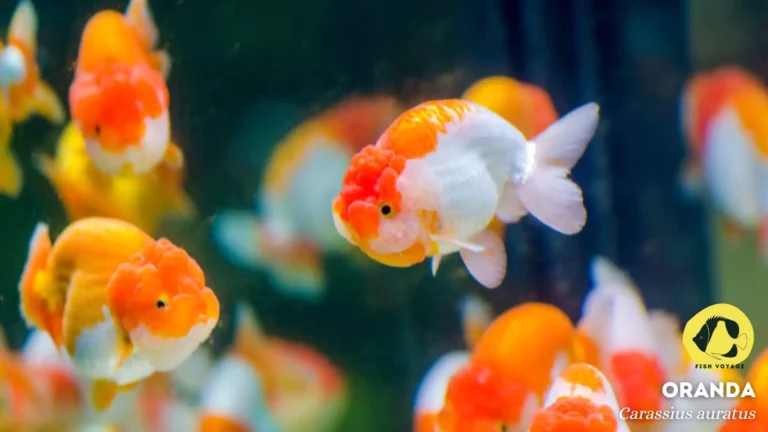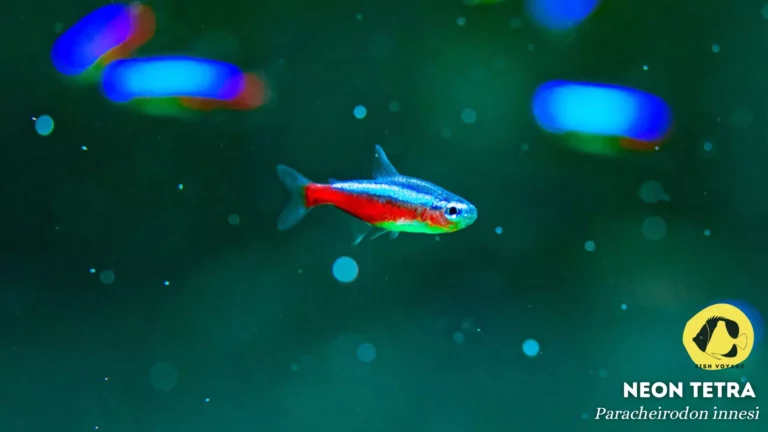The Ultimate Guide to Danios And Tetras
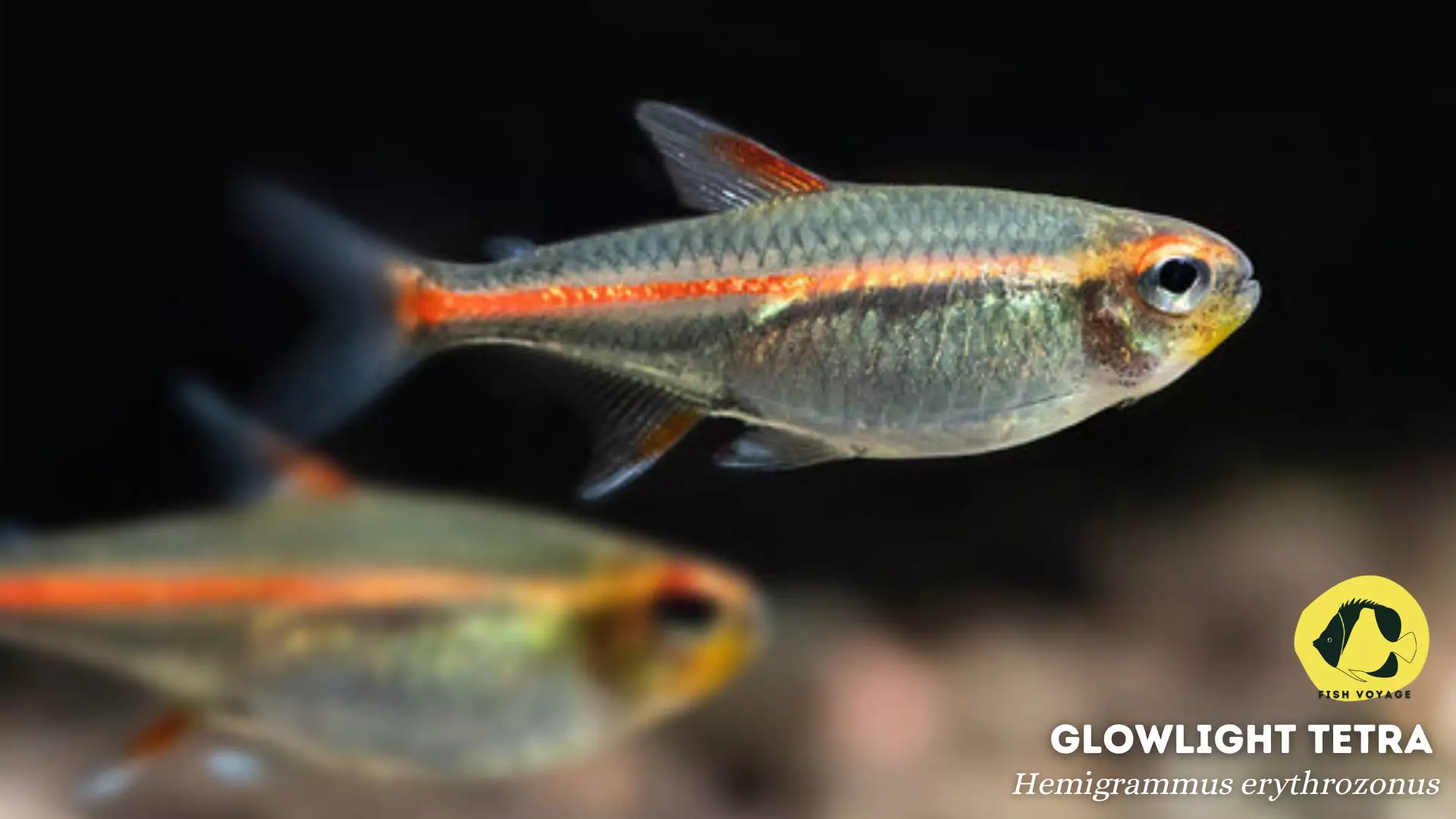
In the ever-evolving realm of aquaculture, freshwater aquariums stand as timeless canvases, captivating enthusiasts with their mesmerizing displays of aquatic life. As we dive into the depths of this aquatic world, our focus narrows onto two stars that grace these watery landscapes—Danios and Tetras. These captivating species have earned their place in the hearts of aquarists worldwide, each boasting a unique set of characteristics that make them not just inhabitants, but veritable protagonists in the aquatic tales spun within our tanks. Join us on this exploration, as we unravel the charm of Danios and Tetras, shedding light on their distinctive traits and offering insights into the fascinating universe they bring to our freshwater sanctuaries.
Understanding Danios
Introduction to Danios
Danios, belonging to the Cyprinidae family, are renowned for their lively disposition and striking appearance. Characterized by slender bodies, vibrant colors, and distinctive markings, these small freshwater fish add a dynamic flair to any aquarium. Hailing from various regions, such as South Asia and East Asia, Danios have become sought-after choices for both novice and experienced aquarists.
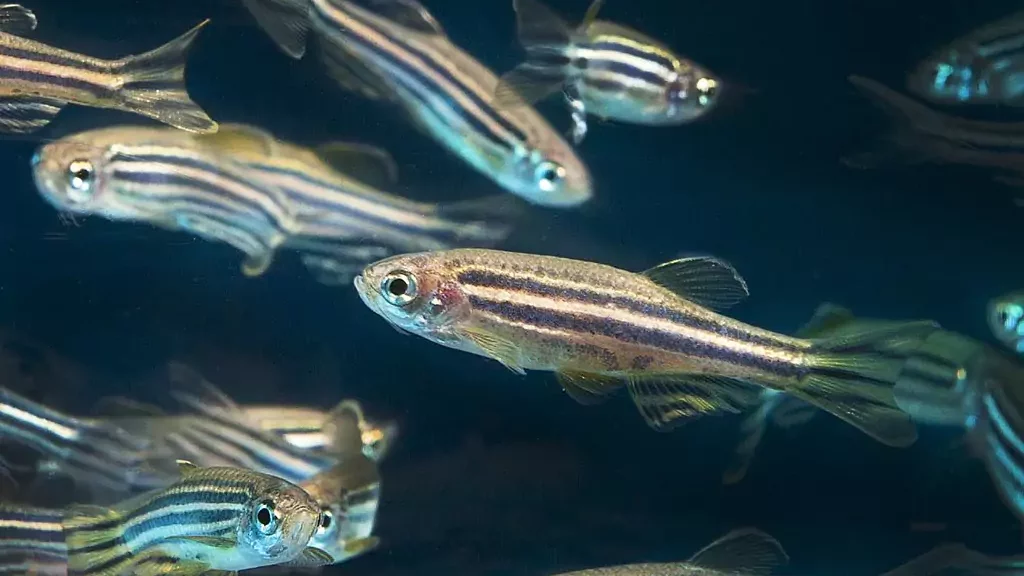
Popular Danio Varieties
- Zebrafish (Danio rerio): Recognized for their iconic zebra-like stripes, Zebrafish are the quintessential representatives of the Danio family. Their energetic nature and adaptability make them ideal for community tanks.
- GloFish Danio: Engineered with bioluminescent genes, GloFish Danios exhibit a captivating fluorescent glow, introducing a mesmerizing element to aquariums.
- Leopard Danio (Danio rerio var. frankei): Adorned with a stunning pattern reminiscent of a leopard’s spots, these Danios are prized for their unique and eye-catching aesthetics.

Tank Requirements
- Optimal Tank Size: Danios thrive in spacious tanks, and a minimum tank size of 20 gallons is recommended to accommodate their active nature.
- Water Conditions: Maintain a pH level between 6.5 and 7.0 and a water temperature ranging from 74°F to 78°F. Danios prefer well-oxygenated water, so a quality filtration system is essential.
- Filtration: Employ a gentle filtration system to mimic the natural flow of their native habitats. Regular water changes and monitoring ammonia and nitrate levels contribute to their well-being.
Feeding Habits
Danios are omnivores with hearty appetites. To optimize their health,
- Provide a balanced diet of high-quality flake or pellet food.
- Supplement their diet with live or frozen foods like brine shrimp or bloodworms for added nutrients.
- Feed them in small, frequent portions to accommodate their active metabolism.
Behavior and Compatibility
- Schooling Behavior: Danios exhibit a schooling instinct, thriving when kept in groups of six or more. This not only enhances their well-being but also showcases their schooling dynamics.
- Peaceful Nature: Known for their amicable nature, Danios are compatible with a variety of community fish, including other peaceful species like gouramis, tetras, and rasboras.
- Avoid Aggressive Tankmates: Due to their docile temperament, it’s advisable to avoid housing Danios with aggressive or territorial species that may intimidate or harass them.
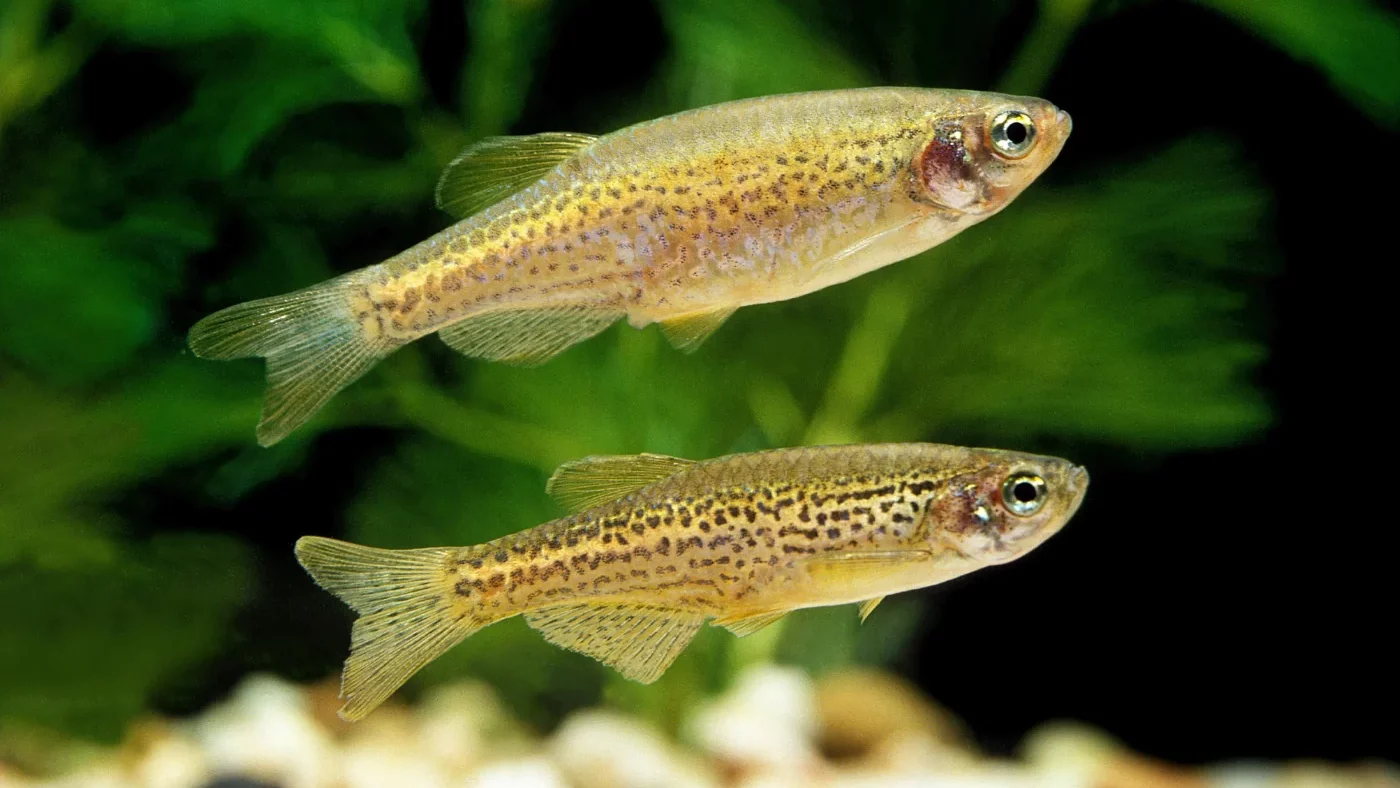
Embark on the journey of understanding Danios, and witness firsthand the vibrancy and charm they bring to the aquatic tapestry of your freshwater aquarium.
Decoding Tetras
Introduction to Tetras
Tetras, members of the Characidae family, enchant aquarists with their dazzling colors and graceful demeanor. Originating from South America, Africa, and Central America, Tetras have evolved into a diverse family, each species contributing its own unique charm to the world of freshwater aquariums.

Varieties of Tetras
- Neon Tetra (Paracheirodon innesi): Admired for their radiant blue and red hues, Neon Tetras are iconic in the aquarium community. Their schooling behavior and vivid colors make them a popular choice for community tanks.
- Cardinal Tetra (Paracheirodon axelrodi): Similar to Neon Tetras, Cardinals boast vibrant colors but with a distinctive larger red stripe along their bodies. They thrive in slightly warmer water conditions.
- Glowlight Tetra (Hemigrammus erythrozonus): Named for their iridescent glow, Glowlight Tetras add a touch of brilliance to aquariums. Their orange and silver hues create a stunning visual impact.
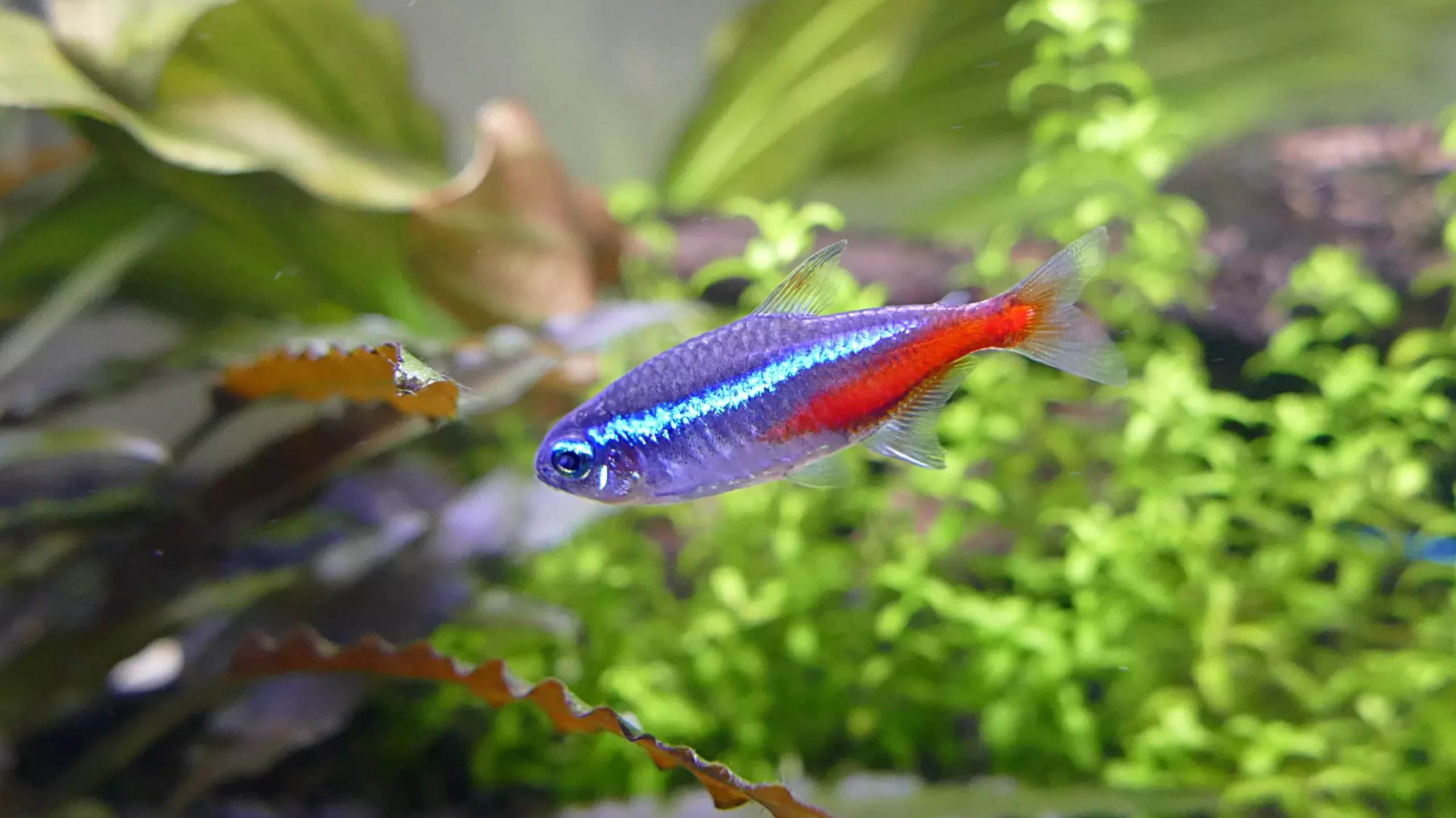
Creating the Perfect Environment
- Ideal Tank Setup: Tetras flourish in well-planted tanks with hiding spots and open swimming areas. Aim for a minimum tank size of 15 gallons to accommodate their schooling nature.
- Water Parameters: Maintain a pH level between 6.0 and 7.5, and keep the water temperature between 72°F and 78°F. Consistency in water conditions is crucial for Tetras’ well-being.
- Decor and Substrate: Opt for soft, dark substrates and provide driftwood or live plants to mimic their natural habitats. Tetras appreciate a well-decorated tank with ample places to explore.
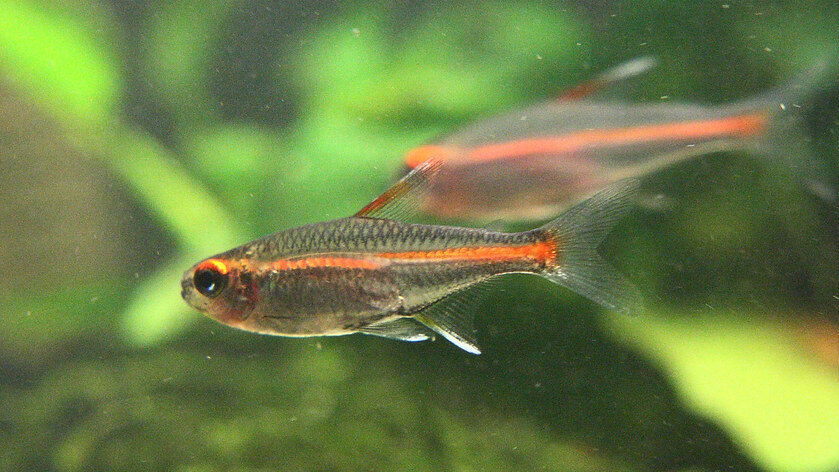
Dietary Needs
- Tetras are omnivores with a preference for small, live foods. A balanced diet includes high-quality flake or pellet food supplemented with live or frozen options like daphnia, brine shrimp, or bloodworms.
- Feed Tetras small, frequent meals to accommodate their small stomachs and maintain their vibrant colors and overall health.
Social Dynamics
- Schooling Behavior: Tetras thrive in groups, and their schooling behavior is not just visually striking but also essential for their mental well-being. A group of six or more is recommended.
- Peaceful Nature: Tetras are peaceful community fish, making them suitable tankmates for various species, including angelfish, gouramis, and other non-aggressive fish.
- Avoid Aggressive Tankmates: Given their gentle nature, it’s advisable to avoid pairing Tetras with aggressive or larger fish that may stress or intimidate them.
Dive into the captivating world of Tetras, where vibrant colors, graceful movements, and harmonious community living converge to create a visually stunning and rewarding aquarium experience.
Choosing Between Danios and Tetras
Considerations for Beginners
For those embarking on their aquatic journey, the decision between Danios and Tetras involves thoughtful considerations.
- Ease of Care: Danios are hardy and resilient, making them ideal for beginners. Their adaptability to various water conditions and straightforward care requirements simplify the learning curve for novice aquarists.
- Colorful Appeal: Tetras, with their vibrant colors and graceful movements, offer an aesthetically pleasing option for beginners seeking visually striking inhabitants. Their peaceful nature also makes them suitable for community setups.
- Tank Size and Setup: Consider the available space and tank setup preferences. Danios, being active swimmers, may thrive in larger, more open spaces, while Tetras prefer well-planted tanks with hiding spots.
Compatibility with Other Fish
Understanding the dynamics of coexistence is crucial for creating a harmonious aquarium environment.
- Community Tank Considerations: Both Danios and Tetras are generally peaceful, making them compatible with a variety of community fish such as gouramis, rasboras, and small catfish.
- Avoid Aggressive Tankmates: Exercise caution when selecting tankmates. Danios and Tetras may feel stressed or intimidated by aggressive or territorial species, impacting their overall well-being.
Maintenance and Care
Comparing the care requirements ensures a tailored approach to meet the needs of either Danios or Tetras.
- Tank Size: Danios often thrive in larger tanks due to their active nature, while Tetras can adapt to slightly smaller setups. Consider the available space and the preference for open swimming areas or well-planted environments.
- Water Parameters: Both species appreciate stable water conditions, but Danios may tolerate a broader range of parameters. Regular monitoring and maintenance are crucial to ensure a healthy habitat for either choice.
- Feeding Regimen: Danios and Tetras share a preference for varied diets, but Tetras may require more frequent, smaller meals. Tailor feeding schedules to suit the specific needs of the chosen species.
In the intricate decision-making process between Danios and Tetras, weighing these considerations will guide enthusiasts towards creating a thriving aquatic haven. Whether opting for the energetic allure of Danios or the graceful charm of Tetras, the chosen inhabitants will undoubtedly contribute to a captivating and well-balanced aquarium.
Tips for a Vibrant Aquarium
Tank Setup Tips
Creating an aquarium that is both visually appealing and functional involves a thoughtful approach.
- Natural Aesthetics: Mimic the natural habitat of your chosen fish with live plants, driftwood, and strategically placed decorations. This not only enhances the visual appeal but also provides hiding spots and shelter.
- Proper Lighting: Invest in appropriate lighting to showcase the colors of your fish and promote the growth of live plants. Balance is key, avoiding excessive brightness that may stress the inhabitants.
- Substrate Choice: Choose a substrate that complements the overall theme of your aquarium. Dark substrates bring out the vibrant colors of fish, while sand or gravel provides a suitable environment for bottom-dwelling species.
Health and Disease Prevention
Ensuring the well-being of Danios and Tetras involves proactive care and preventive measures.
- Quarantine New Additions: Before introducing new fish to your aquarium, quarantine them in a separate tank to prevent the spread of potential diseases.
- Regular Water Changes: Maintain a consistent water change schedule to remove debris, excess nutrients, and maintain optimal water quality. This practice contributes to the overall health of your fish.
- Observation and Early Intervention: Regularly observe the behavior and appearance of your fish. Early detection of any signs of illness allows for prompt intervention and treatment, minimizing the impact on the overall aquarium community.
Breeding Insights
For enthusiasts interested in fostering the next generation of their aquatic companions, consider these basic guidelines for breeding Danios and Tetras.
- Separate Breeding Tanks: Set up dedicated breeding tanks with appropriate conditions, including suitable substrate, plants, and hiding spots. This ensures a safe and controlled environment for breeding pairs.
- Triggering Breeding Behavior: Stimulate breeding behavior by adjusting water parameters, such as temperature and lighting. In some cases, the introduction of live or frozen foods can also trigger spawning activity.
- Egg Collection and Fry Care: Once eggs are laid, promptly transfer them to a separate container to protect them from potential predation by adult fish. Provide suitable fry food and maintain optimal water conditions for the health and development of the offspring.
By incorporating these tips, enthusiasts can elevate their aquarium hobby, fostering a vibrant and thriving aquatic ecosystem that not only showcases the beauty of Danios and Tetras but also ensures their long-term health and well-being.
Conclusion
In the tapestry of freshwater aquariums, the journey through the realms of Danios and Tetras unveils a symphony of colors, behaviors, and dynamic ecosystems. As we conclude this exploration, let’s recap the key points that make these aquatic companions a captivating addition to any aquarist’s collection.
- Diversity in Species: From the energetic dance of Zebrafish to the ethereal glow of GloFish, Danios exhibits a rich diversity that appeals to both novice and seasoned aquarium enthusiasts.
- Graceful Elegance of Tetras: Tetras, with their vibrant hues and harmonious schooling behavior, bring a touch of elegance to aquariums, creating living canvases that delight the observer.
- Considerations for Choosing: Whether opting for the hardiness of Danios or the visual spectacle of Tetras, considerations such as ease of care, compatibility, and tank setup play pivotal roles in crafting an ideal aquatic habitat.
- Maintaining a Thriving Aquarium: The keys to success lie in thoughtful tank setup, preventive healthcare measures, and, for the ambitious, the gratifying journey of breeding these fascinating species.
As we draw the curtains on this discourse, we extend an enthusiastic invitation to our readers. Embark on your own aquatic odyssey, where the playful nature of Danios and the serene elegance of Tetras come together to create a living masterpiece within the glass confines of your aquarium. Dive into the vibrant world of freshwater ecosystems, where every ripple tells a story, and the beauty of nature unfolds in the most enchanting ways. May your aquatic endeavors be as fulfilling and rewarding as the depths you explore with Danios and Tetras by your side.
Additional Resources
In the pursuit of mastering the intricacies of Danios and Tetras in the realm of freshwater aquariums, further exploration through reputable resources and quality products is essential. Here, we provide a curated list to guide enthusiasts towards enriching their understanding and ensuring the optimal care of their aquatic companions.
Reputable Books for Further Reading
- Danio Care: The Complete Guide by Tabitha Jones: A comprehensive guide delving into the detailed care, behavior, and breeding intricacies of Danios.
- Aquarium Fish Breeding by Ines Scheurmann: An invaluable resource exploring the art and science of breeding freshwater fish, including practical insights into breeding Danios and Tetras.
- Tetras and Barbs: The Complete Guide by Randy Carey: An Essential Guide: A specialized book focusing on the diverse family of Tetras, offering in-depth knowledge about their varieties and specific care requirements.
Recommendations for Trusted Products and Equipment
- Aquarium Filters: Explore reputable brands such as Tetra Whisper IQ for efficient and reliable filtration systems to maintain optimal water quality.
- LED Aquarium Lighting: Enhance the visual appeal of your tank with LED lighting solutions from QLIFE, providing a spectrum that complements the natural colors of Danios and Tetras.
- Water Testing Kits: Ensure the health of your aquatic community with accurate water testing kits from API Water Test Kit, allowing you to monitor crucial parameters with precision.
- Quality Fish Food: Opt for nutrient-rich fish foods from Blue Ridge Fish Food, offering a balanced diet to meet the specific nutritional needs of Danios and Tetras.
By delving into these recommended books and utilizing trusted products, you embark on a journey towards informed aquarium management. The insights gained from authoritative literature and the reliability of premium products will undoubtedly contribute to the overall success of your aquatic endeavors with Danios and Tetras.
Frequently Asked Questions (FAQs)
1. What are the Ideal Tank Conditions for Danios and Tetras?
To ensure the well-being of Danios and Tetras, maintain a tank with stable water parameters, including a pH level between 6.5 and 7.5, and a temperature range of 72°F to 78°F. Adequate filtration and regular water changes contribute to their thriving environment.
2. Can Danios and Tetras Coexist with Other Fish?
Yes, both Danios and Tetras are generally peaceful and can coexist with a variety of community fish. However, it’s crucial to avoid aggressive tank mates that may stress or intimidate these species.
3. What is the Best Diet for Danios and Tetras?
Provide a balanced diet consisting of high-quality flake or pellet food. Supplement their meals with live or frozen options like brine shrimp or bloodworms to ensure they receive essential nutrients for optimal health.
4. How Can I Stimulate Breeding Behavior in Danios and Tetras?
Create breeding conditions by adjusting water parameters, such as temperature and lighting. Introduce suitable hiding spots and provide a well-planted environment. Offering live or frozen foods can also trigger spawning activity.
5. What Are Common Signs of Stress or Illness in Danios and Tetras?
Watch for behavioral changes, reduced appetite, or abnormal swimming patterns. Any signs of discoloration, lesions, or abnormal growths may indicate potential health issues. Prompt intervention, such as quarantine and appropriate treatment, is crucial for their well-being.



